I always watched my Tatay cook different kinds of meat - pork, chicken, beef - but nothing sparked my curiosity quite like the day he brought home some kambing.
I remember how nervous I was trying to cook goat meat for the first time, worried about that strong smell everyone talks about. But this Kalderetang Kambing recipe changed everything!
After years of perfecting this dish, I've discovered that the secret lies in properly preparing the meat (yes, I'll share all my Tatay's tips!) and allowing those rich flavors of tomato and liver spread to slowly develop.
This recipe will guide you through every step to create that rich, hearty stew that's deeply embedded in Filipino celebrations.
Cultural Significance
Kalderetang Kambing (Kalderetang Kambing sa Gata) is a cornerstone of Filipino celebration cuisine. The name comes from the Spanish "caldera" (cauldron), reflecting its colonial influences. While other meats are used in caldereta, the goat version is particularly prized and often reserved for special occasions like fiestas and family gatherings.
Jump to:
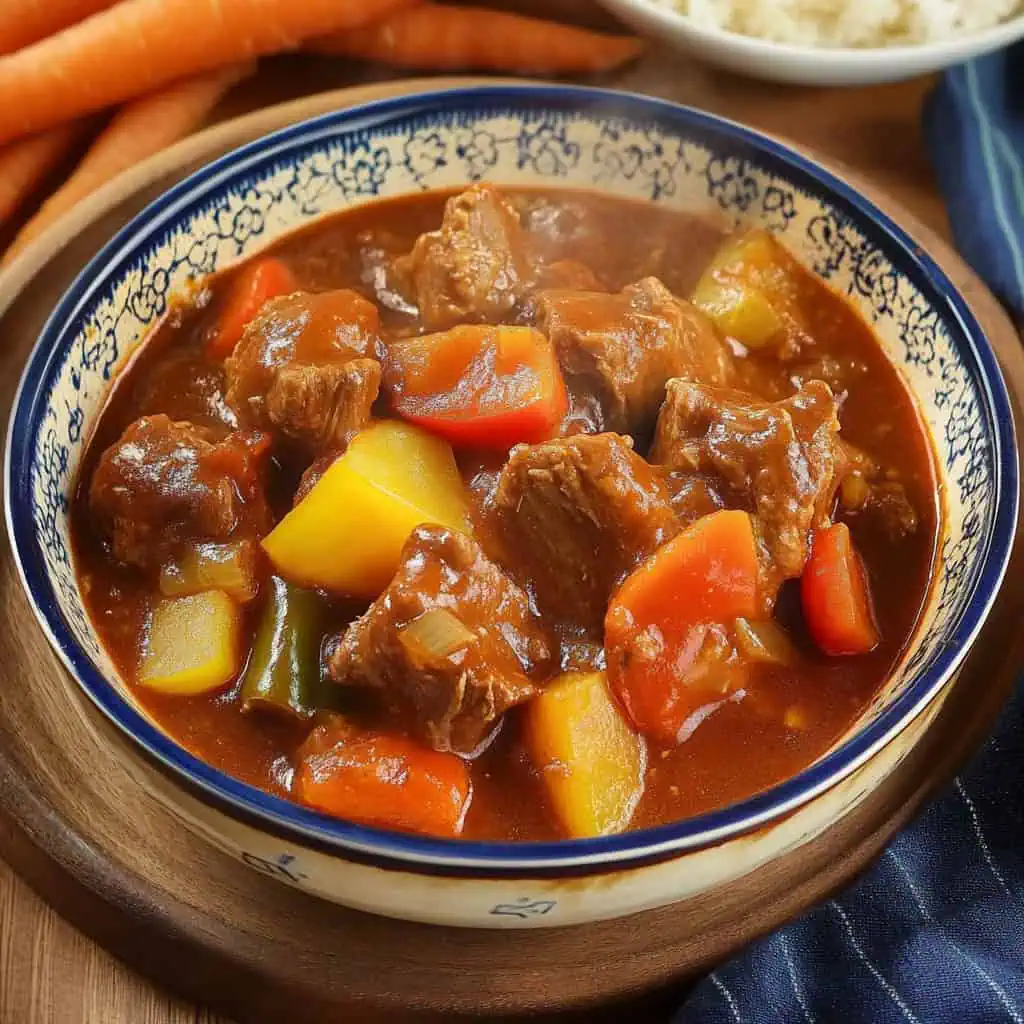
Why You'll Love This Recipe
- Rich, complex flavors that develop during slow cooking
- Perfect balance of spicy, savory, and tangy notes
- Tender, succulent meat that falls off the bone
- Impressive dish perfect for special occasions
- Authentic Filipino recipe with detailed cultural context
- Great make-ahead dish that tastes even better the next day
Ingredients
This traditional recipe uses white corn for its unique chewy texture and mild sweetness that pairs perfectly with fresh coconut. The coconut adds a tropical creaminess, while margarine brings richness.
The option of salt or sugar allows customization between savory and sweet versions, creating a simple yet balanced snack that has stood the test of time in Filipino cuisine.
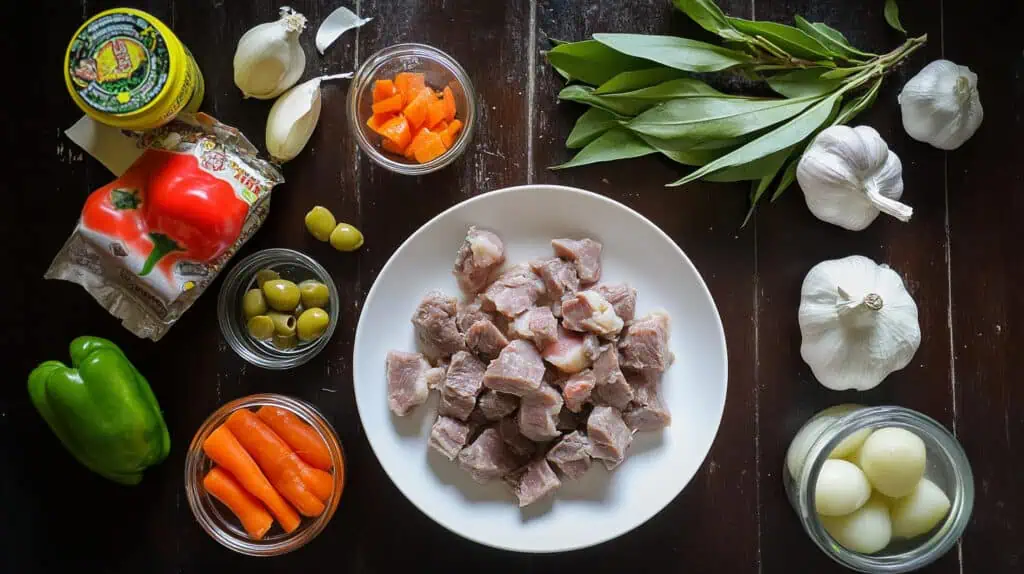
For the Meat Preparation:
- 2 pounds goat meat, cut into 2-inch cubes
- 2 cups white vinegar
- 1 cup pineapple juice
- 1 tablespoon salt
- 4 pandan leaves (optional, for reducing gamey taste)
For the Stew Base:
- ¼ cup canola oil
- 1 large onion, finely chopped
- 6 cloves garlic, minced
- 3 medium tomatoes, diced
- 1 cup tomato sauce
- ½ cup liver spread (Reno brand recommended)
- 4-6 Thai chili peppers, chopped
Vegetables and Aromatics:
- 2 medium potatoes, quartered
- 2 large carrots, chunked
- 1 red bell pepper, cubed
- 1 green bell pepper, cubed
- 6 pieces sweet gherkins pickles
- ¼ cup Spanish olives
- Salt and pepper to taste
- 4 bay leaves
Equipment
- Large heavy-bottom pot or Dutch oven: Essential for the long, slow cooking process that tenderizes the goat meat and develops deep flavors.
- Sharp kitchen knife: For properly cutting and trimming the goat meat into uniform pieces.
- Colander: Used for draining the meat after boiling and removing impurities.
- Large mixing bowls: For marinating the meat and preparing other components.
- Kitchen thermometer: Helps ensure meat reaches the proper temperature for both safety and tenderness.
- Wooden spoons: Best for stirring without scratching your cookware while developing flavors.
- Measuring cups and spoons: For precise ingredient measurements.
- Cutting board: Preferably a separate one for meat preparation to prevent cross-contamination.
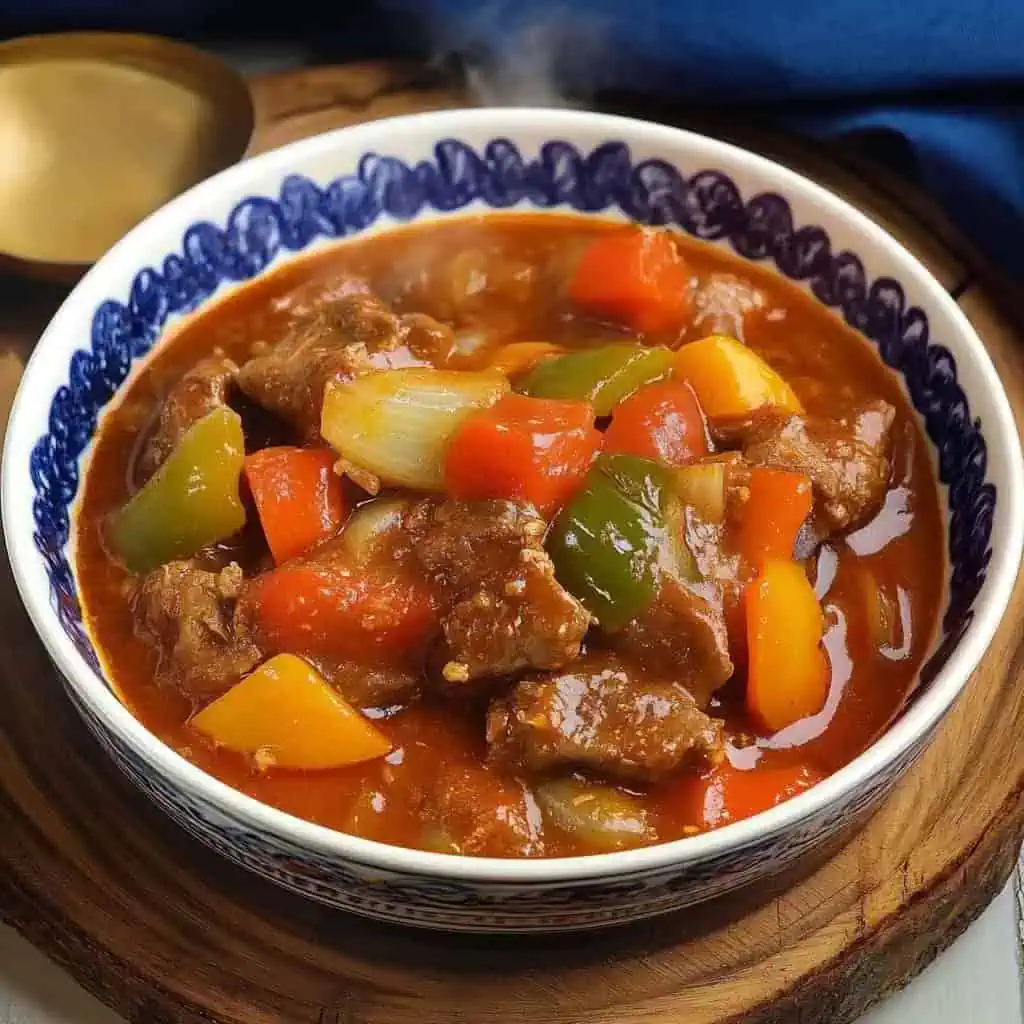
How To Make
- In a large bowl, combine 2 pounds of goat meat with 2 cups vinegar and 1 tablespoon salt. Place in the refrigerator and marinate for 1 hour. After marinating, rinse the meat well under cold water and pat dry with paper towels.
- Fill a large pot with enough water to cover the meat. Bring to a boil over medium heat. Add the goat meat and boil for 7-10 minutes until you see scum rising to the surface. Drain the meat in a colander and rinse both the meat and pot clean.
- In the clean pot, combine the goat meat, 1 cup pineapple juice, 4 cups water, and 1 tablespoon salt. Bring to a boil, removing any scum that floats up. Lower the heat, cover, and simmer for 1½ to 2 hours until the meat is tender but still holds its shape. Drain the meat but save 2 cups of the cooking liquid.
- Heat ¼ cup oil in a wide pan over medium heat. Fry the quartered potatoes until lightly brown, then remove and drain on paper towels. Do the same with the cubed carrots. Quickly cook the bell peppers for 30 seconds, then remove and drain.
- Leave about 2 tablespoons oil in the pan. Cook the chopped onions and minced garlic until soft and fragrant. Add the goat meat and cook until lightly browned on all sides.
- Pour in 1 cup tomato sauce and the 2 cups of reserved broth. Add the minced chili peppers and bring to a boil. Lower heat, cover, and cook for 20-30 minutes until the meat is fork-tender and the sauce has reduced slightly.
- Mix ½ cup liver spread with ½ cup hot broth from the pan until smooth. Add this mixture to the pan and stir well. Add the pickles and olives.
- Return the potatoes and carrots to the pan. Cook for 3-5 minutes until tender. Add the bell peppers and cook for 1-2 minutes more until crisp-tender.
- Taste and season with salt and pepper as needed. Let rest for 5 minutes before serving hot with rice.
- For best results, the flavors develop beautifully overnight, so consider making this a day ahead. Leftovers can be stored in an airtight container in the refrigerator for up to 3 days.

Tips from Lola's Kitchen
For Perfectly Tender Meat:
- The double boiling method (boiling once, discarding water, then boiling again) is crucial for removing impurities and gamey flavors.
- Add 1 can of beer to the cooking liquid for additional tenderizing power.
- Use green papaya as a natural meat tenderizer by adding a small piece during the slow cooking phase.
- Never rush the marinating process – this is what breaks down tough fibers and eliminates gamey odors.
- Choose younger goat meat (kid or cabrito) if available, as it's naturally more tender.
For Maximum Flavor Development:
- Toast garlic in oil until golden before adding other ingredients to release deep, nutty flavors.
- Add a small amount of grated cheese in the final 5 minutes of cooking for extra richness.
- Use bone-in meat pieces whenever possible as they contribute significantly to the broth's depth.
- Let the stew rest for at least 15 minutes before serving to allow flavors to settle and meld.
- Add a splash of calamansi juice just before serving for brightness that cuts through the richness.
For Perfect Consistency:
- Pre-fry the vegetables separately to prevent them from becoming overly soft during the long simmering.
- If using a slow cooker, reduce the liquid by 20% as less evaporation occurs.
- For a thicker sauce, mash a few pieces of the cooked potatoes directly into the stew.
Substitutions
Meat Options:
- Beef chuck: Cook for the same amount of time for similar tenderness.
- Lamb shoulder: Reduce cooking time by 20-30 minutes.
- Pork shoulder: Excellent alternative that requires about 1 hour of simmering.
Key Ingredient Alternatives:
- Liver spread: Substitute with ¼ cup pureed chicken livers sautéed with 1 tablespoon butter.
- Pineapple juice: Replace with ¾ cup calamansi or lemon juice mixed with ¼ cup sugar.
- Thai chili peppers: Substitute with 1-2 tablespoons of chili flakes or chili garlic sauce.
- Gherkins: Use capers or regular dill pickles chopped into small pieces.
- Spanish olives: Black olives work well, or omit entirely if preferred.
Vegetable Alternatives:
- Potatoes: Sweet potatoes add a delightful sweetness that complements the rich sauce.
- Bell peppers: Roasted poblano peppers offer a smoky alternative.
- Add eggplant or chayote for a different textural element.
Troubleshooting
Tough Meat:
- Problem: Meat remains tough despite long cooking.
- Solution: Continue cooking on very low heat for an additional 30-45 minutes. Never increase heat to attempt faster cooking.
- Prevention: Ensure proper marination and use meat from younger animals when possible.
Too Spicy:
- Problem: The dish is overwhelmingly hot.
- Solution: Add 2-3 tablespoons of grated cheese or ¼ cup coconut cream to mellow the heat.
- Prevention: Remove seeds from chilies before adding, or use whole chilies that can be removed before serving.
Thin Sauce:
- Problem: The sauce is too watery.
- Solution: Simmer uncovered on low heat for 15-20 minutes to reduce, stirring occasionally.
- Alternative Fix: Mix 1 tablespoon cornstarch with 2 tablespoons cold water and stir into the simmering stew.
Excessive Gamey Flavor:
- Problem: The meat still has a strong gamey taste.
- Solution: Add 1 tablespoon of lemon zest and 2 bay leaves to mask the flavor.
- Prevention: Use vinegar pre-soak and thorough rinsing before cooking.
Storage & Reheating
Refrigeration:
- Store in airtight containers for 3-4 days.
- Divide into smaller portions for quicker reheating.
- The flavor actually improves after 24 hours of refrigeration.
Freezing:
- Freeze in portion-sized containers for up to 3 months.
- Leave 1-inch headspace for expansion.
- Label with date and contents.
- For best quality, consume within 2 months.
Reheating:
- Thaw frozen kaldereta overnight in the refrigerator.
- Reheat on stovetop over low-medium heat, adding 2-4 tablespoons of water or broth to prevent drying.
- Stir occasionally until internal temperature reaches 165°F (74°C).
- Add fresh bell peppers in the last 2 minutes of reheating for renewed vibrancy.
- Adjust seasoning if needed, as flavors often concentrate during storage.

FAQ
How do I select the best goat meat for kaldereta?
Look for meat with a bright pinkish-red color from younger goats (kid or cabrito). The meat should have a mild, clean smell - strong odors indicate older animals. Some marbling is desirable for flavor. If possible, purchase from a butcher who specializes in goat meat and request shoulder or leg cuts, which work best for this dish.
Can I make kalderetang kambing in a pressure cooker?
Yes! Reduce cooking time to approximately 45 minutes at high pressure with natural release. Reduce the liquid amount by about 25% since less evaporation occurs. Complete all initial marinating and blanching steps as written, then pressure cook with the pineapple juice mixture. After pressure cooking, continue with frying vegetables and completing the sauce separately before combining.
How can I further reduce the gamey taste of goat meat?
Proper marination is the key first step, but you can also add 4-5 pandan leaves, 2 lemongrass stalks, or 2 tablespoons of ginger slices during the simmering process. Another effective technique is soaking the meat in milk for 2 hours before the vinegar marinade. Always ensure thorough cleaning and removal of any silver skin or excess fat before cooking.
What side dishes pair well with kalderetang kambing?
Traditional pairings include steamed white rice, which is essential for soaking up the rich sauce. For a complete Filipino feast, serve with ensaladang mangga (green mango salad), atchara (pickled papaya), or a simple cucumber-tomato salad with calamansi dressing to provide contrast to the rich stew. Toasted garlic bread or pan de sal also works wonderfully for sauce-mopping.
Why is my sauce separating or looking curdled?
This typically happens when liver spread or dairy additions are added to very hot liquid or boiled aggressively. To fix this, remove from heat, cool slightly, then whisk vigorously. To prevent this issue, always temper the liver spread by mixing it with some hot broth in a separate bowl before adding to the main pot, and never allow the stew to boil rapidly after adding liver spread.
Can I make this recipe less spicy while maintaining authentic flavor?
Yes! Reduce the Thai chilies to just 1-2, or use larger, milder chilies like jalapeños instead. You can also keep the chilies whole (not chopped) during cooking and remove before serving. The dish will still maintain its authentic flavor profile from the liver spread, tomato base, pickles, and olives even with reduced heat levels.
How do I know when the goat meat is perfectly cooked?
Perfectly cooked goat meat should be fork-tender (a fork slides in easily) but still hold its shape rather than falling apart completely. The meat should reach an internal temperature of at least 160°F (71°C) for food safety. Visually, it changes from pink to a rich brown, and the connective tissues should be soft and gelatinous rather than tough or rubbery.
Related
Looking for other recipes like this? Try these:
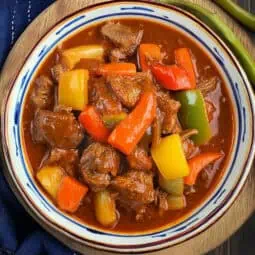
Kalderetang Kambing (Filipino Goat Caldereta)
Equipment
- Large heavy-bottom pot or Dutch oven (para sa matagal na pagluluto)
- Sharp kitchen knife for meat preparation (para sa paghihiwa ng karne)
- Colander for draining (panghugas at pangtapon ng tubig)
- Large mixing bowls for marinating (para sa pagmamarina)
- Kitchen thermometer (optional, for precise cooking)
- Wooden spoons (panghalungkat)
- Measuring cups and spoons
- Cutting board (Sangkalan)
Ingredients
For the Meat Preparation
- 2 pounds goat meat kambing, cut into 2-inch cubes
- 2 cups white vinegar suka
- 1 cup pineapple juice
- 1 tablespoon salt asin
- 4 pandan leaves optional, for reducing gamey taste
For the Stew Base
- ¼ cup canola oil
- 1 large onion finely chopped (sibuyas)
- 6 cloves garlic minced (bawang)
- 3 medium tomatoes diced (kamatis)
- 1 cup tomato sauce
- ½ cup liver spread dapat meron ang Reno brand
- 4-6 Thai chili peppers chopped (siling labuyo)
Vegetables and Aromatics
- 2 medium potatoes quartered (patatas)
- 2 large carrots chunked (karot)
- 1 red bell pepper cubed (pulang bell pepper)
- 1 green bell pepper cubed (berdeng bell pepper)
- 6 pieces sweet gherkins pickles
- ¼ cup Spanish olives oliba
- Salt and pepper to taste
- 4 bay leaves dahon ng laurel
Instructions
- In a large bowl, combine 2 pounds of goat meat with 2 cups vinegar and 1 tablespoon salt. Place in the refrigerator and marinate for 1 hour. After marinating, rinse the meat well under cold water and pat dry with paper towels.
- Fill a large pot with enough water to cover the meat. Bring to a boil over medium heat. Add the goat meat and boil for 7-10 minutes until you see scum rising to the surface. Drain the meat in a colander and rinse both the meat and pot clean.
- In the clean pot, combine the goat meat, 1 cup pineapple juice, 4 cups water, and 1 tablespoon salt. Bring to a boil, removing any scum that floats up. Lower the heat, cover, and simmer for 1½ to 2 hours until the meat is tender but still holds its shape. Drain the meat but save 2 cups of the cooking liquid.
- Heat ¼ cup oil in a wide pan over medium heat. Fry the quartered potatoes until lightly brown, then remove and drain on paper towels. Do the same with the cubed carrots. Quickly cook the bell peppers for 30 seconds, then remove and drain.
- Leave about 2 tablespoons oil in the pan. Cook the chopped onions and minced garlic until soft and fragrant. Add the goat meat and cook until lightly browned on all sides.
- Pour in 1 cup tomato sauce and the 2 cups of reserved broth. Add the minced chili peppers and bring to a boil. Lower heat, cover, and cook for 20-30 minutes until the meat is fork-tender and the sauce has reduced slightly.
- Mix ½ cup liver spread with ½ cup hot broth from the pan until smooth. Add this mixture to the pan and stir well. Add the pickles and olives.
- Return the potatoes and carrots to the pan. Cook for 3-5 minutes until tender. Add the bell peppers and cook for 1-2 minutes more until crisp-tender.
- Taste and season with salt and pepper as needed. Let rest for 5 minutes before serving hot with rice.
- For best results, the flavors develop beautifully overnight, so consider making this a day ahead. Leftovers can be stored in an airtight container in the refrigerator for up to 3 days.
Tips from Lola's Kitchen
- Tenderizing Techniques (Pampalambot):
- Add 1 can of beer to the cooking liquid
- Use green papaya as natural meat tenderizer
- Never skip the marinating step
- Flavor Enhancement:
- Toast garlic before adding other ingredients
- Add cheese for extra richness
- Use bone-in meat pieces for better flavor
Nutrition
The Story Behind Kalderetang Kambing
The rich tapestry of Filipino cuisine unfolds beautifully in Kalderetang Kambing, a dish that tells the story of our colonial past and culinary innovation. This hearty goat stew, whose name derives from the Spanish "caldera" (cauldron), emerged during the 300-year Spanish colonial period in the Philippines, when European cooking techniques merged with local ingredients and tastes. While the Spanish brought the concept of tomato-based meat stews, Filipinos transformed it by incorporating indigenous ingredients and unique preparation methods.
What sets Filipino caldereta apart, particularly in Central and Northern Luzon where goat dishes reign supreme, is the ingenious addition of liver spread - a post-World War II innovation that gave the dish its distinctively rich, umami-laden sauce. In these regions, particularly in Pampanga, Bulacan, and Nueva Ecija, Kalderetang Kambing became synonymous with celebration food, often prepared during town fiestas, family gatherings, and special occasions. The dish's popularity as pulutan (appetizer paired with alcoholic beverages) also speaks to its social significance in Filipino drinking culture.
Today, every Filipino region has its own caldereta variation, but the goat version holds a special place in Philippine gastronomy. In rural areas, families often raise their own goats specifically for special occasions, making Kalderetang Kambing not just a dish but a testament to Filipino food sustainability practices. The preparation itself becomes a communal activity - from selecting the right goat to the slow cooking process that can take hours, bringing families and communities together. Modern interpretations might include additional vegetables or different cooking techniques, but the essence remains the same: a labor of love that transforms humble ingredients into a masterpiece of Filipino cooking.
The enduring popularity of Kalderetang Kambing also reflects the Filipino knack for transforming challenging ingredients into celebrated dishes. The careful preparation methods developed over generations - from marinating in vinegar to slow-cooking with pandan leaves - showcase our ancestors' culinary wisdom in dealing with gamey meat. These techniques, passed down through families and now shared across digital platforms, ensure that this beloved dish continues to grace Filipino tables, bridging the gap between traditional cooking and modern tastes.
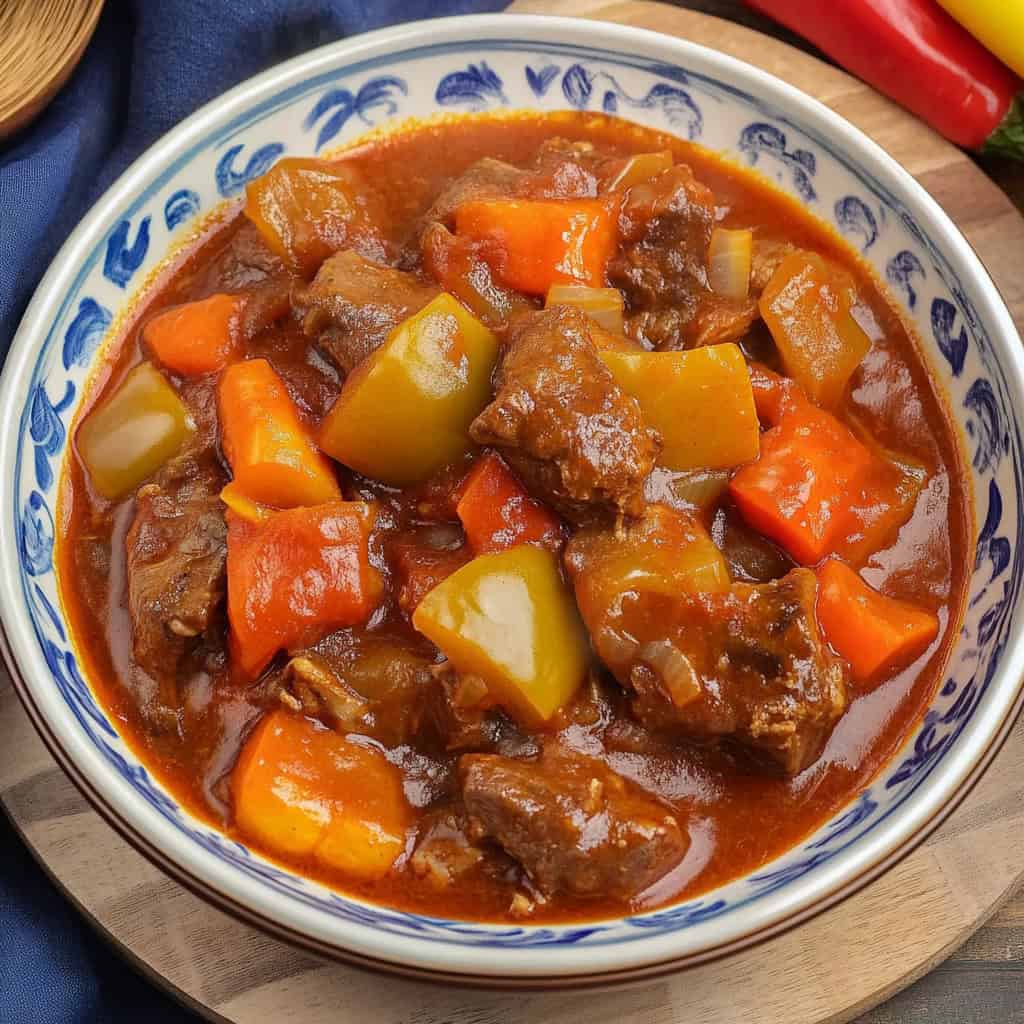

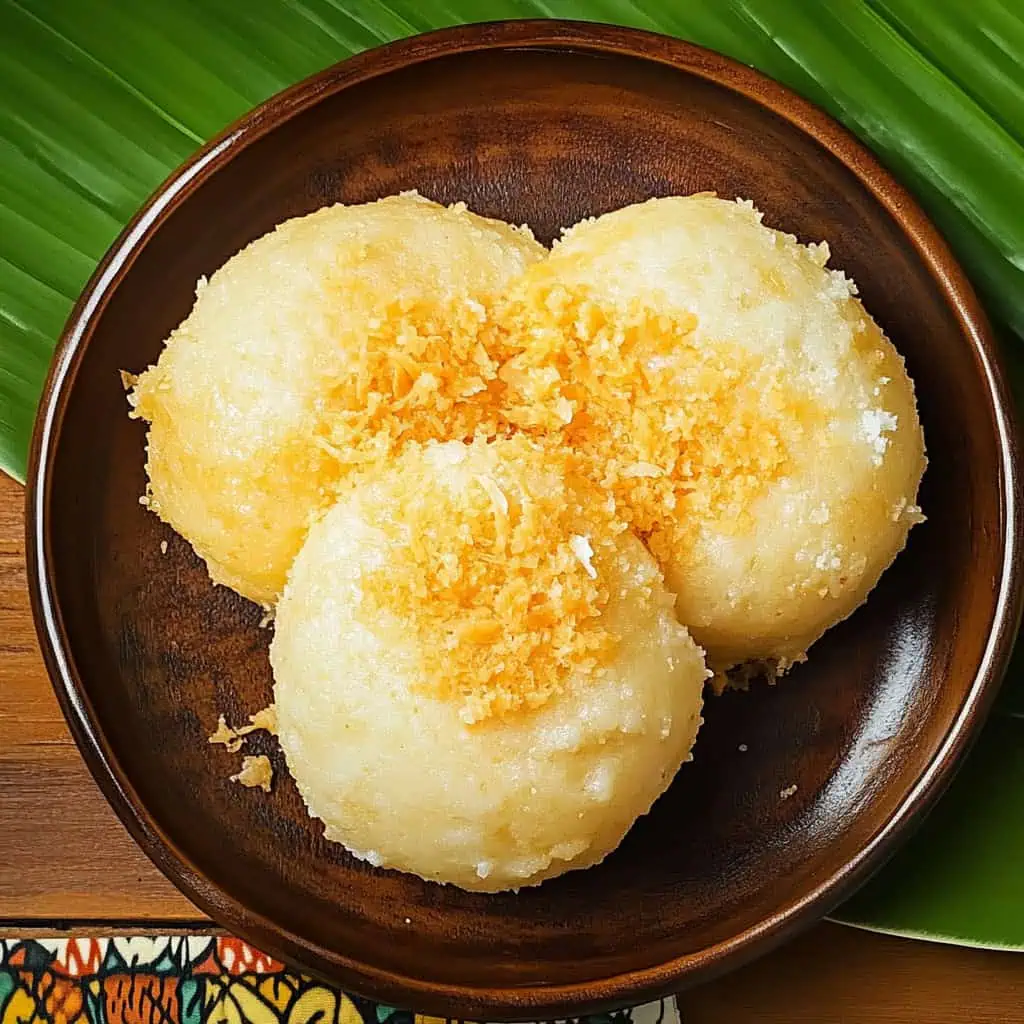
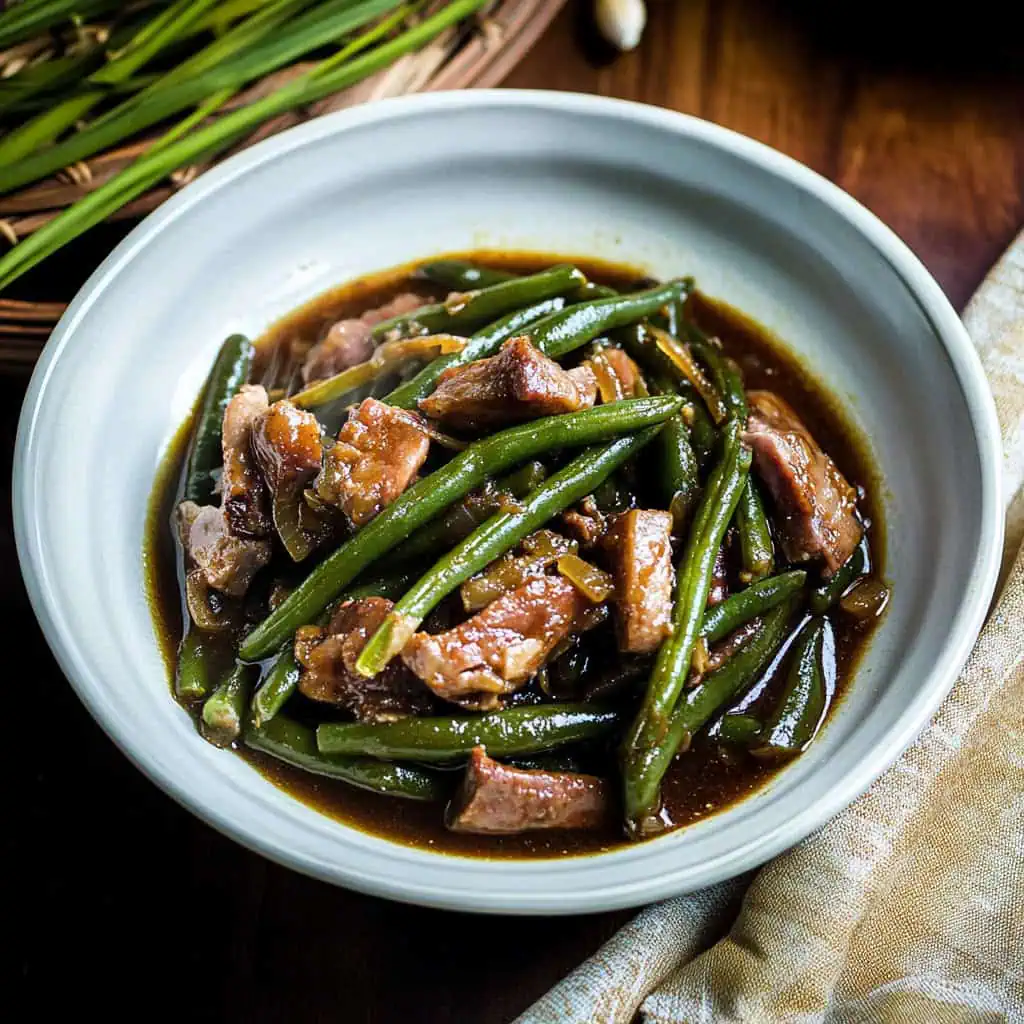
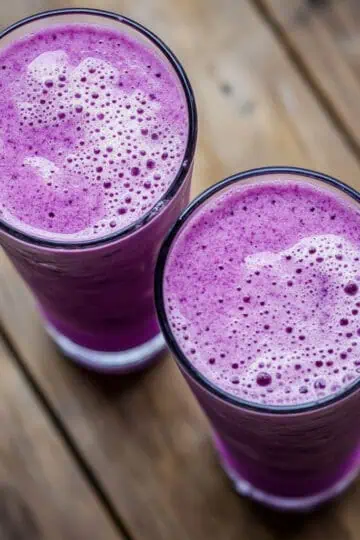
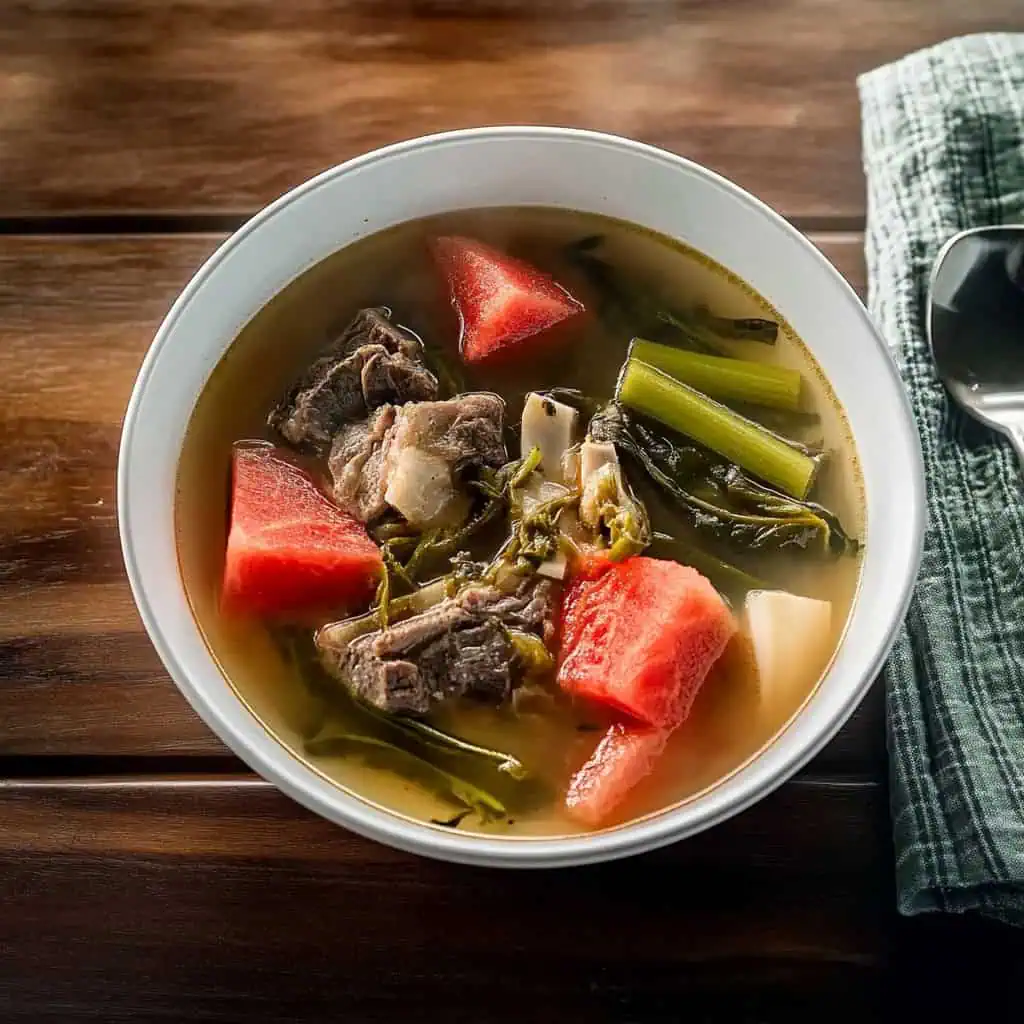

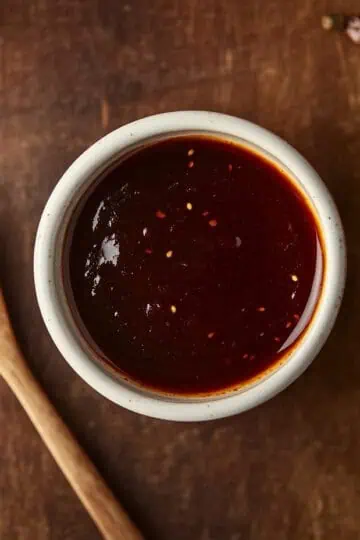
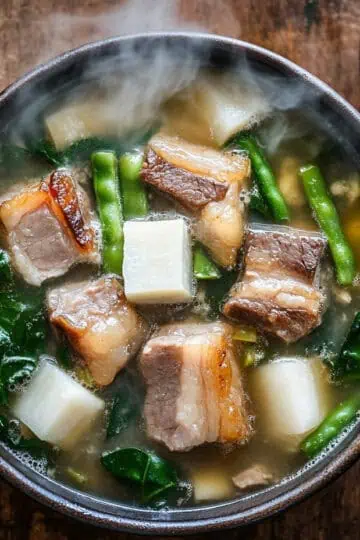
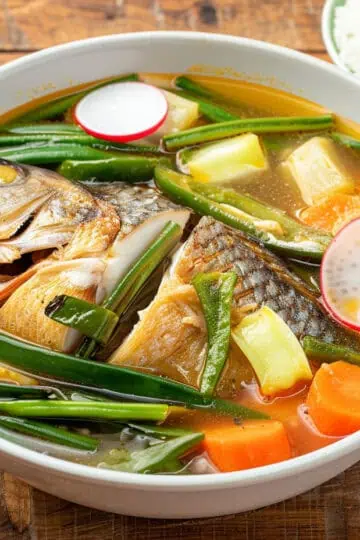
Comments
No Comments